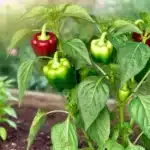
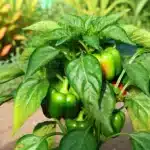
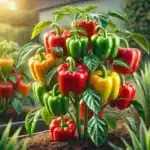
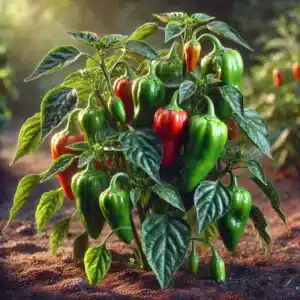
Bell Pepper (Capsicum annuum) 12″- 24″ inches tall
$49.99 Original price was: $49.99.$39.99Current price is: $39.99.
Bell pepper scientifically known as Capsicum annuum is a popular versatile vegetable that is widely grown for its sweet crunchy fruits Unlike other members of the Capsicum family bell peppers are not spicy making them a favorite ingredient in salads stir fries and a wide variety of dishes Bell peppers come in a range of colors including green red yellow orange and even purple with each color representing different stages of ripeness
Bell peppers are warm season plants that typically grow as bushy compact plants reaching heights of 2 to 3 feet They have bright green leaves and white flowers that give way to the fruit Bell peppers have thick fleshy walls and a hollow interior which contains a central core filled with small flat white seeds The fruit starts green and matures to red yellow or orange depending on the variety with red peppers being the ripest and sweetest
Bell peppers thrive in warm sunny climates and require well drained fertile soil to produce healthy productive plants They should be planted in areas that receive full sunlight as peppers need at least 6 to 8 hours of direct sunlight each day to grow and fruit well The ideal soil pH for bell peppers is between 60 and 68
Bell peppers are typically started indoors from seeds about 8 to 10 weeks before the last frost date then transplanted outdoors once the soil has warmed up The seedlings should be spaced 18 to 24 inches apart to allow room for growth and proper air circulation Bell peppers are sensitive to cold so they should only be planted outdoors when temperatures consistently stay above 60°F or 15°C
To encourage healthy growth bell pepper plants need consistent watering especially during dry periods The soil should be kept moist but not waterlogged as peppers are susceptible to root rot in overly wet conditions Mulching around the base of the plants can help retain moisture regulate soil temperature and reduce weed growth
Fertilization is important for bell peppers especially during the flowering and fruiting stages A balanced fertilizer or one that is high in phosphorus and potassium will help promote fruit development Too much nitrogen can cause excessive leaf growth at the expense of fruit production so its essential to use the correct balance of nutrients
Bell peppers can be susceptible to a variety of pests and diseases including aphids spider mites and cutworms Regular monitoring of the plants and using organic pest control methods like neem oil or insecticidal soap can help manage infestations
Common diseases affecting bell peppers include bacterial spot powdery mildew and blossom end rot Good gardening practices such as rotating crops providing adequate spacing between plants and maintaining proper watering techniques can help prevent these issues
Bell peppers can be harvested at any stage once they reach their full size but the flavor and nutritional content improve as the fruit matures Green bell peppers are simply unripe versions of red yellow or orange peppers and leaving them on the plant longer will allow them to change color and develop a sweeter flavor The peppers should be cut from the plant with pruning shears or a sharp knife to avoid damaging the plant
Once harvested bell peppers can be stored in the refrigerator for up to two weeks They can also be frozen or dried for long term storage
Bell peppers can be successfully grown in containers making them an excellent option for small gardens patios or balconies Use a large container with good drainage and fill it with a well draining potting mix Container grown plants require more frequent watering and fertilizing than those planted in the ground but can still produce a good yield of peppers with proper care
Bell peppers are a rich source of vitamins A C and K as well as antioxidants like beta carotene and lutein Red bell peppers in particular have a higher concentration of vitamin C and antioxidants compared to green ones making them a nutritious addition to any diet
Bell peppers are a delicious and versatile vegetable that is easy to grow with the right care Their vibrant colors sweet flavor and high nutritional content make them a popular choice for home gardeners Whether grown in the ground or in containers bell peppers are a productive plant that can provide a plentiful harvest of flavorful fruits throughout the growing season
| Planting Bag + Soil |
Plastic Bag + soil ,No Soil |
|---|

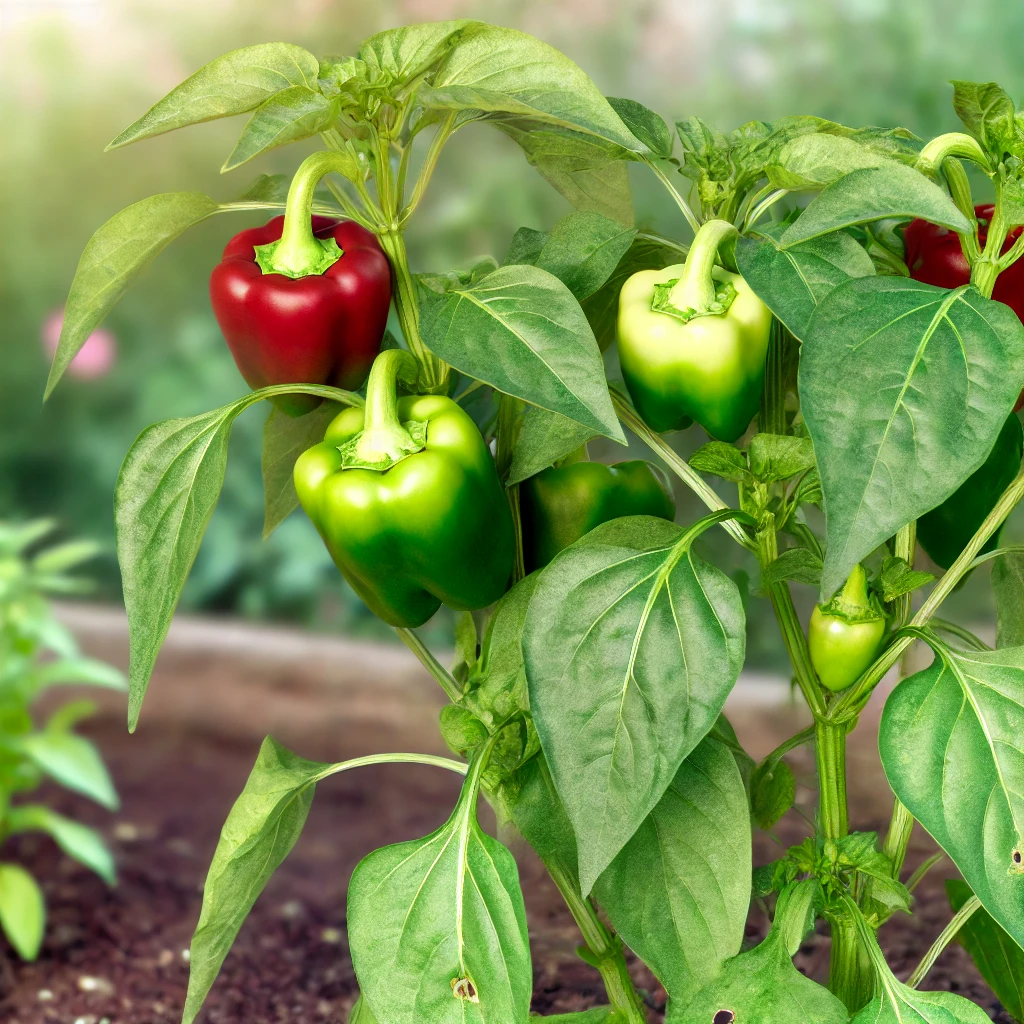
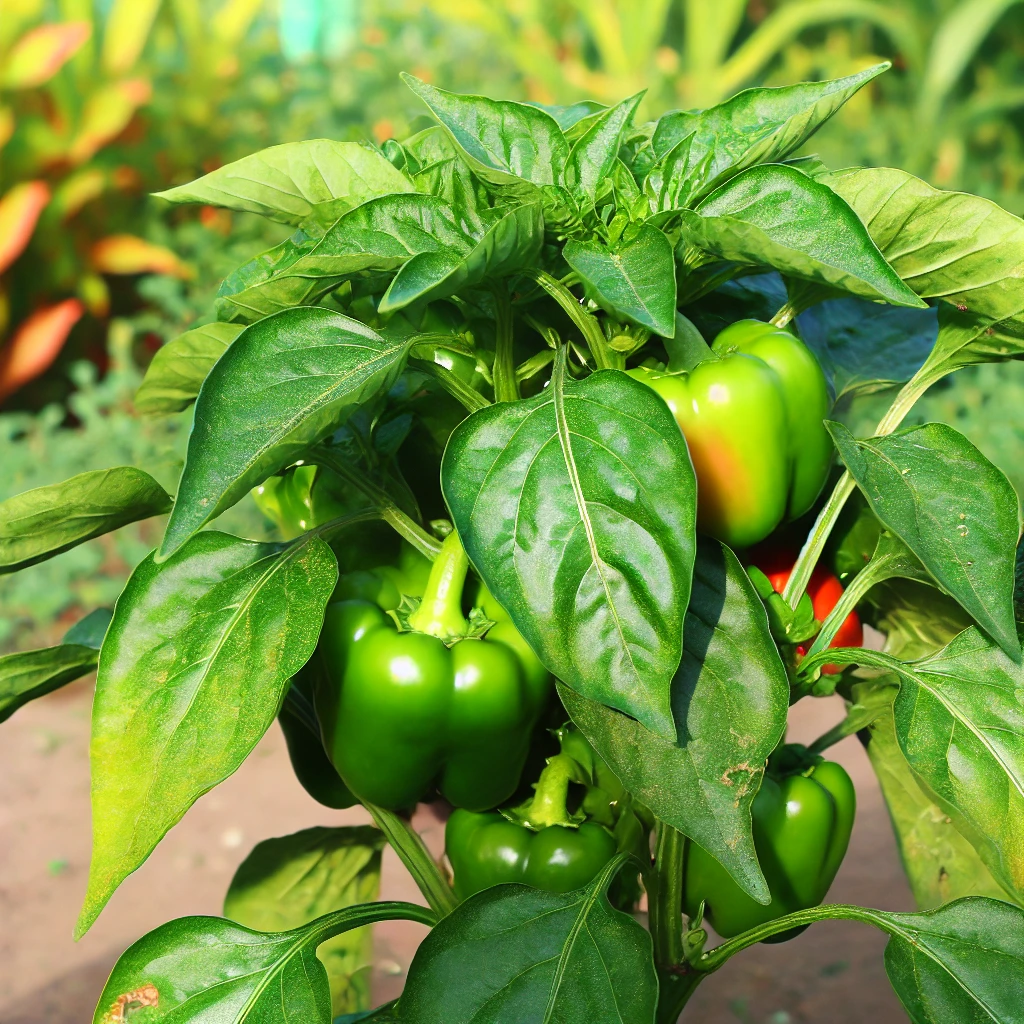
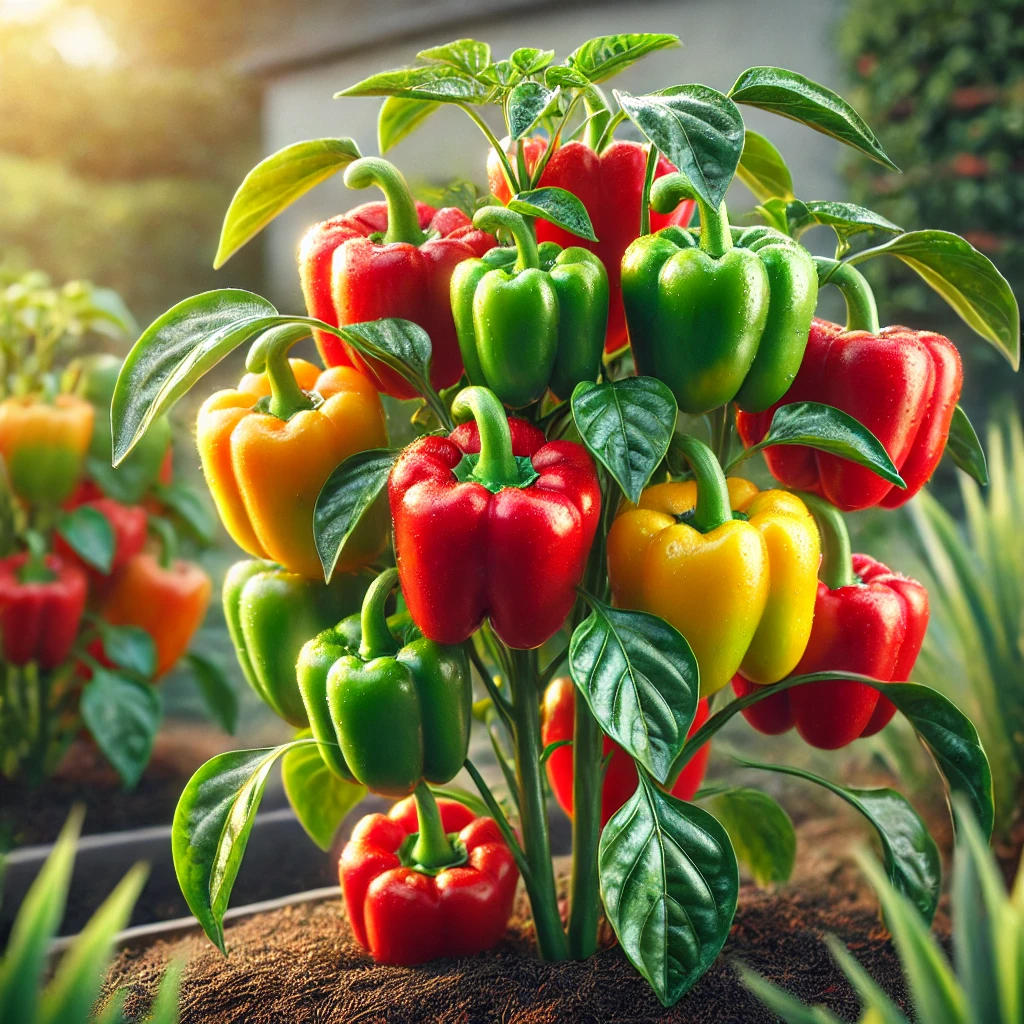
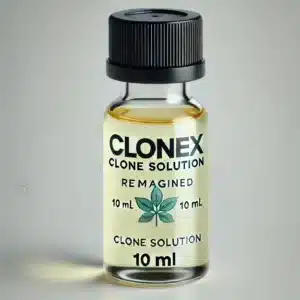
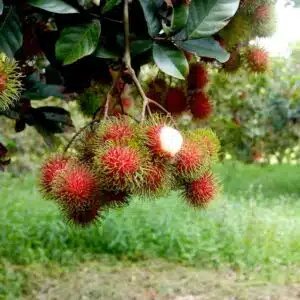
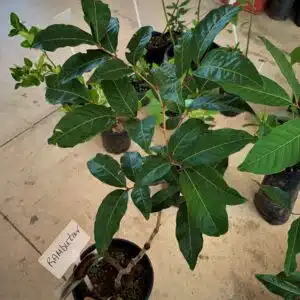


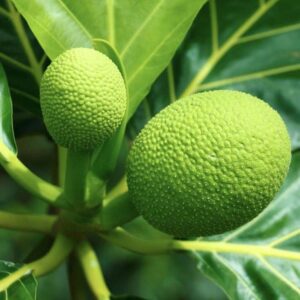
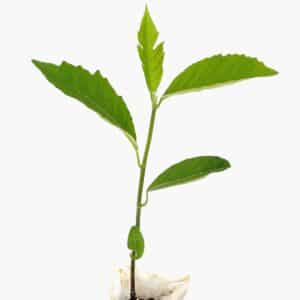
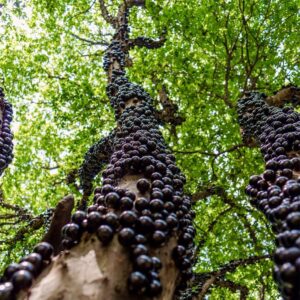
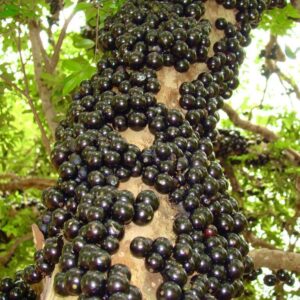
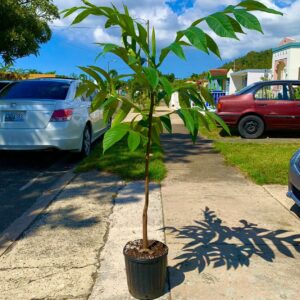

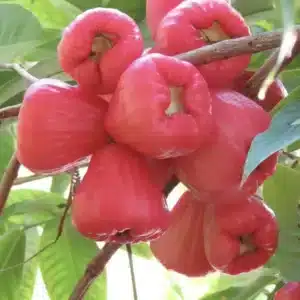
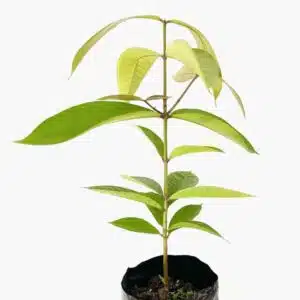

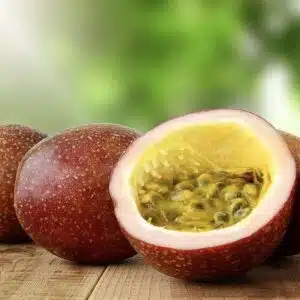
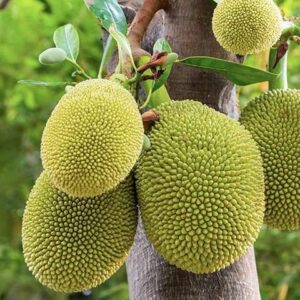
Reviews
There are no reviews yet.